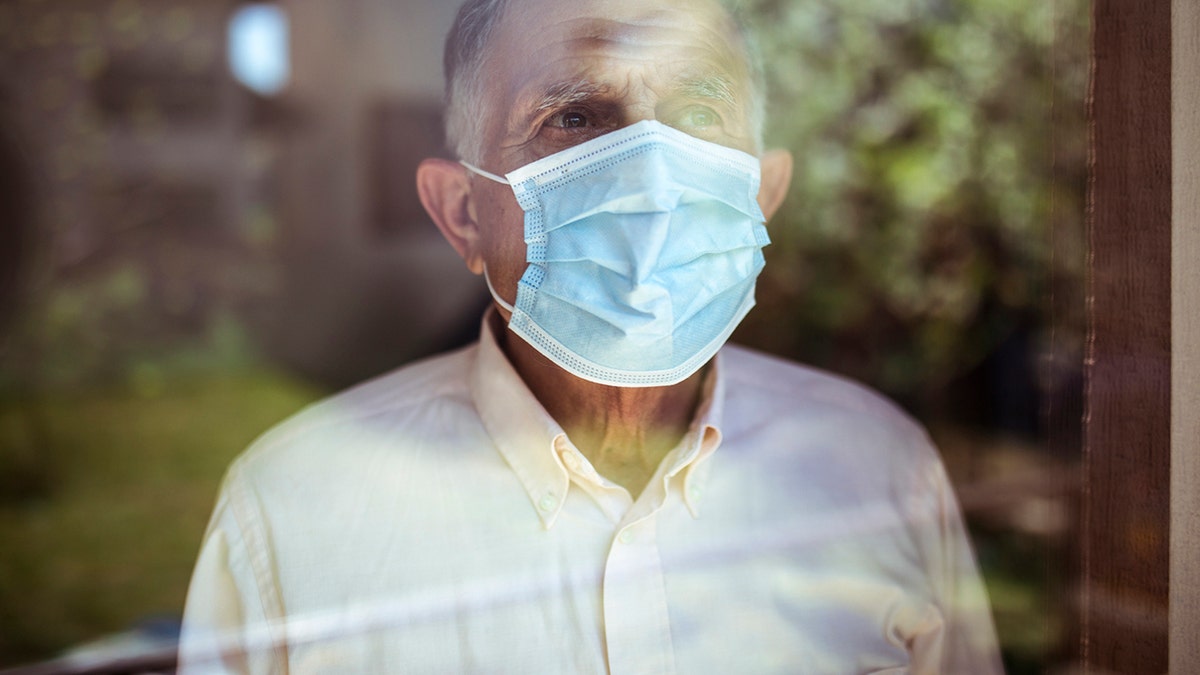The president, Melania Trump test positive for COVID-19
'Hannity' anchor Sean Hannity sends his prayers to the Trump family and provides insight into the progress made with coronavirus trials, pandemic response.
President Trump and first lady Melania Trump were confirmed to have tested positive for the novel coronavirus early Friday morning, and both will be beginning the “quarantine and recovery process immediately,” the president wrote on Twitter.
Trump’s personal physician, Dr. Sean P. Conley, has also said in a memo that while the two will be staying at home in the White House, he expects the president to “continue carrying out his duties without disruption while recovering.”
It begs the question, what should the isolation process entail? And what do experts recommend during such isolation periods?
According to the Centers for Disease Control and Prevention (CDC), those who have tested positive for SARS-CoV-2, but are not experiencing emergency warning signs or are asymptomatic, should isolate in their own homes if able to do so. But the CDC goes a step further, recommending that infected persons recover in a designated “sick room,” while using their own separate bathroom, if possible.
WHEN IS THE CORONAVIRUS MOST CONTAGIOUS?
Those who test positive should remain in isolation for a duration of “at least” 10 days after symptoms first appear, and only 24 hours after fevers have subsided (without the aid of medication). The CDC also recommends staying in isolation until other symptoms begin to show signs of improvement, with the exception of the loss of taste and smell, as this symptom may persist for months.
The above recommendations only apply to those who are asymptomatic, or experiencing symptoms that do not require emergency medical care. If the case is more severe, patients must also take extra precautions.
“If you had severe illness from COVID-19 (you were admitted to a hospital and needed oxygen), your healthcare provider may recommend that you stay in isolation for longer than 10 days after your symptoms first appeared (possibly up to 20 days) and you may need to finish your period of isolation at home,” the CDC writes.
Those with weakened immune systems should also seek medical advice on isolation procedures and duration.
Meanwhile, the CDC says that those with COVID-19 who are asymptomatic can be with others 10 days after testing positive.

Depending on whether the patient is asymptomatic, symptomatic, or experiencing emergency warning signs, the CDC has different recommendations for the duration of quarantine. (iStock)
CLICK HERE FOR FOX NEWS' CONTINUING CORONAVIRUS COVERAGE
During this time, the CDC recommends monitoring symptoms at home and getting emergency medical care if experiencing certain severe symptoms. Otherwise, the agency's website recommends the following:
- Stay in a separate room from other household members, if possible
- Use a separate bathroom, if possible
- Avoid contact with other members of the household and pets
- Don’t share personal household items, like cups, towels, and utensils
- Wear a mask when around other people, if you are able to
"If your healthcare provider recommends testing, you can be with others after you receive two negative test results in a row, at least 24 hours apart," the public health institute added.
It should be noted, though, that the agency's recommendations for isolating are different than those for quarantining, the former being advised for persons who have tested positive, and the latter for those who might have been exposed, but has not yet been tested.
CLICK HERE TO GET THE FOX NEWS APP
As of Friday morning, it remains unclear where or when the president and first lady contracted the novel coronavirus.
